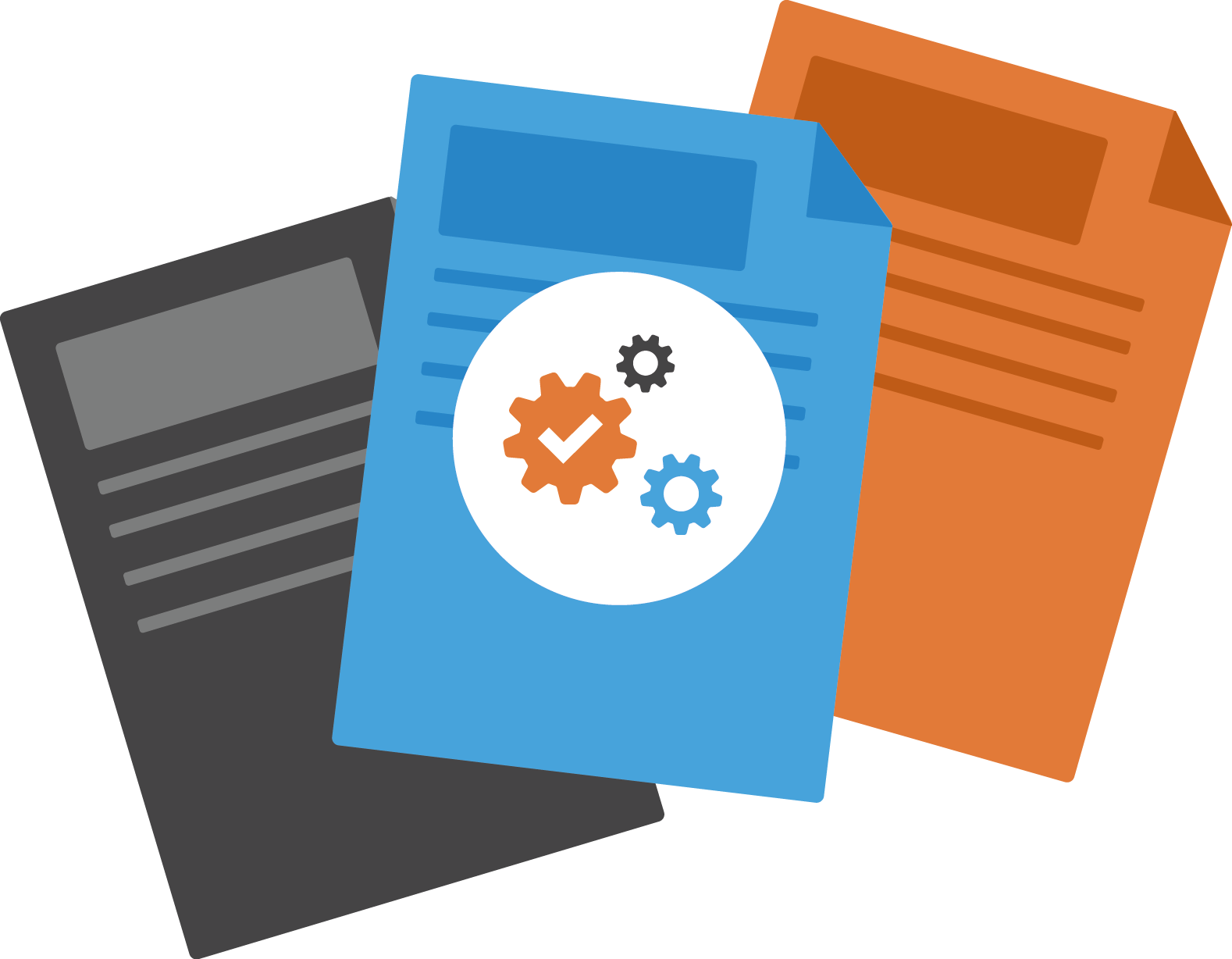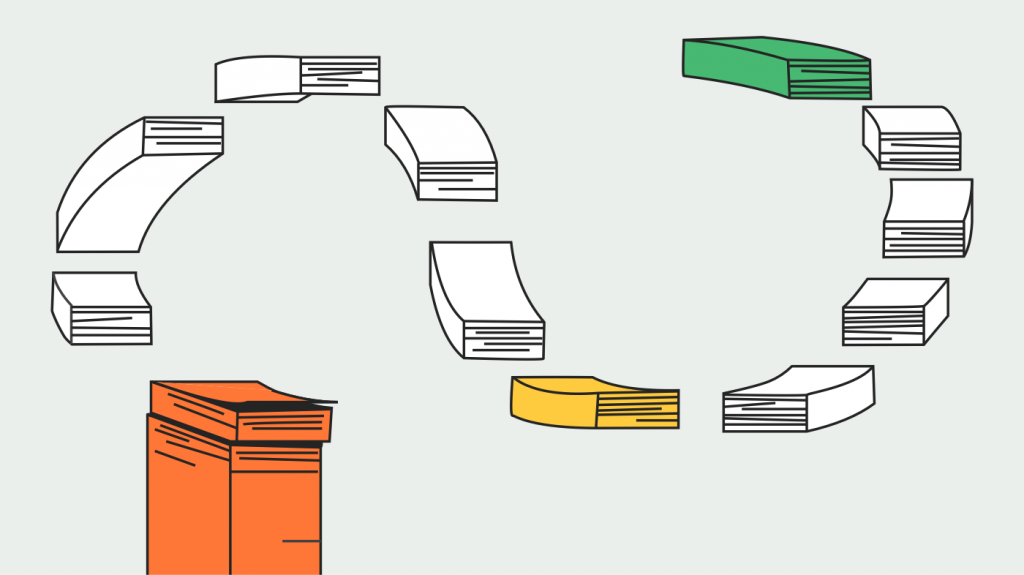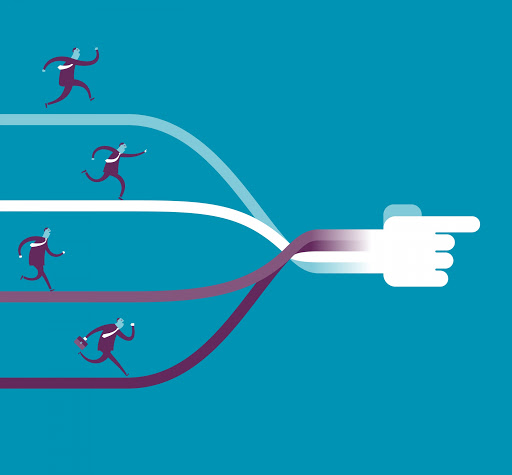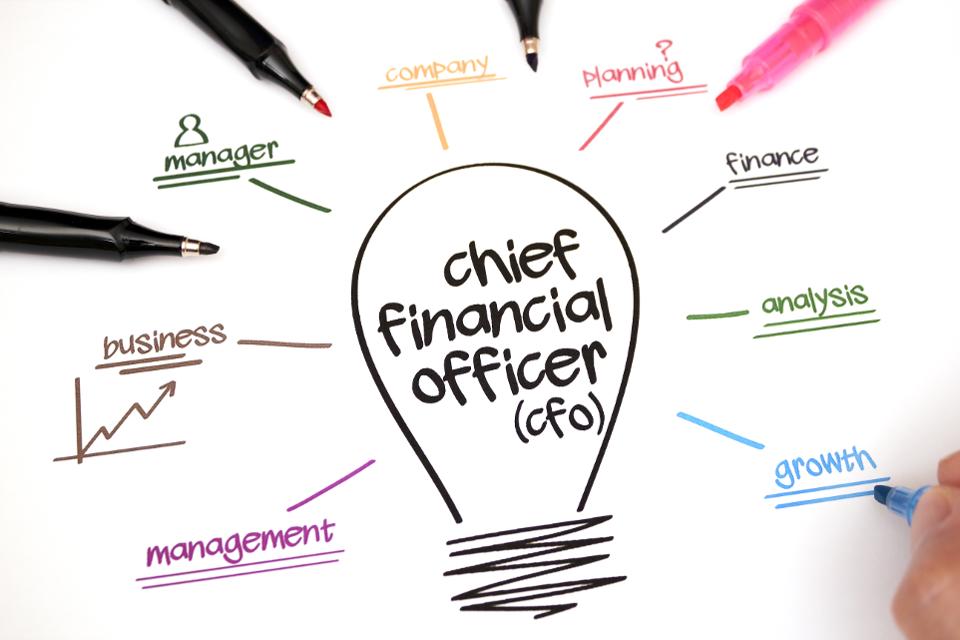
Do you need to take a serious assessment of your business right now?
For months, we’ve seen how COVID-19 has affected our personal lives, businesses, and the way our society functions in general. And if you haven’t taken the time to really dive into how your business is functioning from the ground up, I challenge you to make this your top priority.
The impact that COVID-19 has had on business is emphasizing what has always been true: The future is filled with unforeseen circumstances, and the world is changing fast. Businesses need to be smart, agile, and innovative, but it’s hard to do this if you don’t have a solid foundation in place.
Many businesses are experiencing budget cuts and a reduced workforce. Now is the time to become more strategic with your game plan and fix or improve current processes.
Plain and simple, if you haven’t already, you need to:
1. Cut costs.
2. Make sure time is used efficiently as possible.
Of course, while this may be simple, it is frequently not easy. Here are ways you can approach making these essential assessments:
You Need to Dial In Your Spending.
We want our businesses to not just survive—we want them to thrive. However, especially in the last several months, many companies have shifted into survival mode.
Companies in many industries are having to take a hard look at their expenses, and there have been significant cuts across the board. It’s essential to stay lean and mean, and you need to be bold, proactive, and smart when evaluating where you can cut back.
Part of successfully cutting costs begins with asking the right questions. I encourage businesses to consider:
- What do you actually NEED for your business to operate right now? Are you actually accumulating things you don’t need? How have your needs changed with more employees working from home?
- How are purchases approved? Who is in charge of approving purchases? Are they able to review and approve in a timely manner? Are inefficient processes causing your business to miss out on important opportunities that could have been? Who is spending money on what, and how can you find out this information?
- Are you actually buying from the BEST supplier for your specific needs? Are you getting the very best deals on items you truly need? Are the products you’re using high quality? Does your supplier provide a top-notch shopping experience so you don’t waste time? Does your supplier provide excellent customer service?
Not only do you need to simplify your procurement process, but you need to make sure you’re also getting the most out of it.
Is Valuable Time Being Wasted?
While working from home can have its perks, there is an added layer of complexity due to the unique challenges of COVID-19. People are not simply “working from home”; they are doing everything from home. And with budget cuts, employees may be working harder and longer hours than ever.
Your goal here is to let your employees spend time on the things that really sustain and grow your business. Again, identifying how to fix and improve processes begins with asking the right questions:
- Are your employees wasting valuable hours on easy-to-solve procurement issues? For example, how many hours do they spend manually reconciling purchase orders with invoices? (How many hours or days does this add up to each year?)
- How long do employees spend researching the suppliers with the lowest costs? After investing in hours researching suppliers, have you ended up actually saving money? Are the suppliers reputable? Do they offer white glove customer support where you can talk to a real person right away?
- How much time does it take to get set up with each new supplier? Is it worth the investment? How long until you’ll need to find a new supplier to grow with your business? How long will it take you to figure out if it’s the best fit for your needs?
Don’t waste time doing things that have simple, elegant solutions already available.
***
No matter what your unique challenges may be during this time, every business can benefit from taking a hard look at how time and money are being used.
If you read this and felt slightly panicked or overwhelmed, you’re not alone. This stuff is hard. It can be time-consuming to figure out, and sometimes it can feel easier to let things get done the way they always have, instead of making the investment in a potential solution that may or may not work out. You need to figure out a way to make big changes… without wasting even more money and time.
Premikati Marketplace has you covered. How can you know for sure? We know from experience exactly what businesses (like yours!) struggle with the most.
Premikati Marketplace helps your business:
- Cut costs. Companies that use Premikati Marketplace save up to 35% due to pre-negotiated pricing on millions of items, efficiencies, and spend visibility.
- Use time efficiently. Set up Premikati Marketplace in less than 24 hours. You don’t need any IT or technical admin support, either.
Click here to learn more about the Premikati Marketplace









